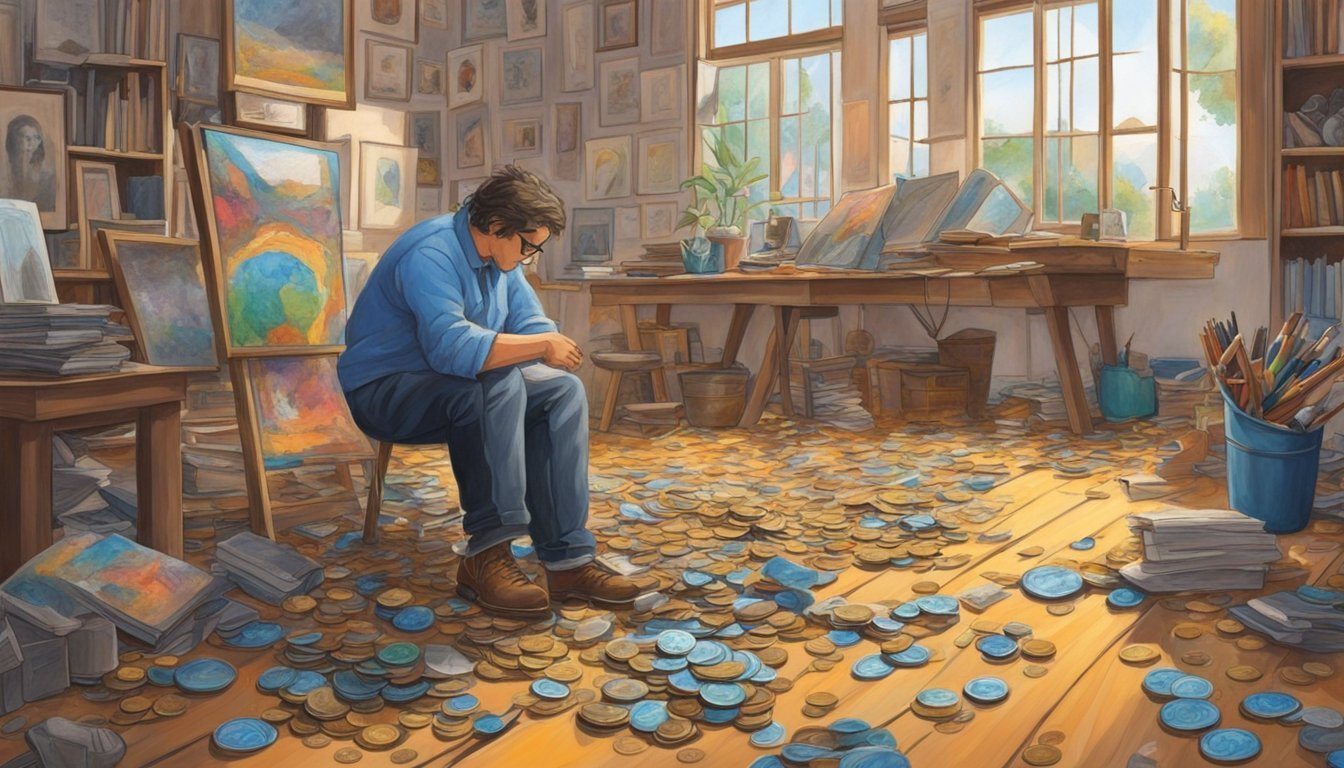This year has thrown the art world a host of challenges, from declining sales to the upheaval caused by natural disasters in Los Angeles, not to mention the fallout from ongoing geopolitical crises in Gaza and Ukraine.
The shift in U.S. presidential leadership further complicates the already intricate landscape of art transactions.
Upcoming Art Fairs and Tariff Concerns
As the art fair season approaches, proposed tariffs and counter-tariffs between the United States and other nations threaten to add yet another layer of difficulty.
Major events like Frieze Los Angeles and Art Basel Hong Kong are just around the corner, and galleries are keenly aware of how these developments could impact their operations.
A representative from Art Basel Hong Kong indicated that the team is closely monitoring trade updates, striving for optimal outcomes for both exhibitors and attendees.
Art market analysts predict a tough year ahead.
They foresee increased confusion, rising operational expenses, and changes in how collectors approach purchases.
Small and medium-sized galleries, often with fewer resources, will likely feel the strain most acutely.
With hefty tariffs potentially pushing into the millions for high-value art acquisitions, collectors might think twice about where to invest their money, turning to traditional options like real estate or stocks instead.
Impact of Tariffs on Art Supplies
The fluctuation of tariffs is especially bewildering, often changing as swiftly as they are introduced.
For instance, on February 3, an agreement reached between President Trump and leaders from Canada and Mexico resulted in the postponement of certain tariffs just days before a critical art event in Mexico City.
The intricacies of which art-related items fall under these tariffs can leave many scratching their heads.
Canada’s proposed counter-tariff list included original paintings and drawings, while a new 10 percent tariff on imports from China raised the total tariff rate on some products to 17.5 percent.
Fortunately for the art community, artworks are currently exempt from tariffs according to a notice from US Customs and Border Protection, although interpretations of this exemption can vary based on unique situations.
As experts point out, while artworks may presently enjoy tariff exemptions, this status is not guaranteed indefinitely.
Misinterpretations or sudden shifts in trade policy might deter U.S. collectors from exploring works from China and Hong Kong.
Meanwhile, various art-related items and supplies could face significant tariff increases.
Logistical Challenges and Community Resilience
The financial repercussions stretch beyond the artworks themselves.
Everyday art supplies and commonly used items produced in China, including event materials and merchandise, might see sharp price increases due to the newly applied tariffs.
Industry insiders suggest that this could render consumer-friendly products less accessible in the near future.
Moreover, logistics regarding the transportation of art are expected to become more intricate.
This may lead to elevated shipping costs as increased paperwork and operational demands pile up.
The art world may also experience disruptions in the supply chain as importers scramble to adapt to the evolving tariff landscape.
Tariffs on essential materials like steel and aluminum could also have a cascading effect, complicating the creation of large-scale pieces by contemporary artists who rely on these resources for their projects, including installations at major museums.
As the possibility of further escalations in tariffs looms, galleries and art professionals remain on high alert, ready to adapt to any unexpected changes throughout the year.
Despite the uncertainty, some voices within the art community express cautious optimism.
They remain watchful and proactive, believing that major repercussions are not imminent.
Staying informed and prepared for whatever challenges lie ahead seems to be the mantra for many.
In conclusion, while substantial hurdles await the art sector, the resilience and adaptability of the community offer glimmers of hope in navigating these turbulent waters.


